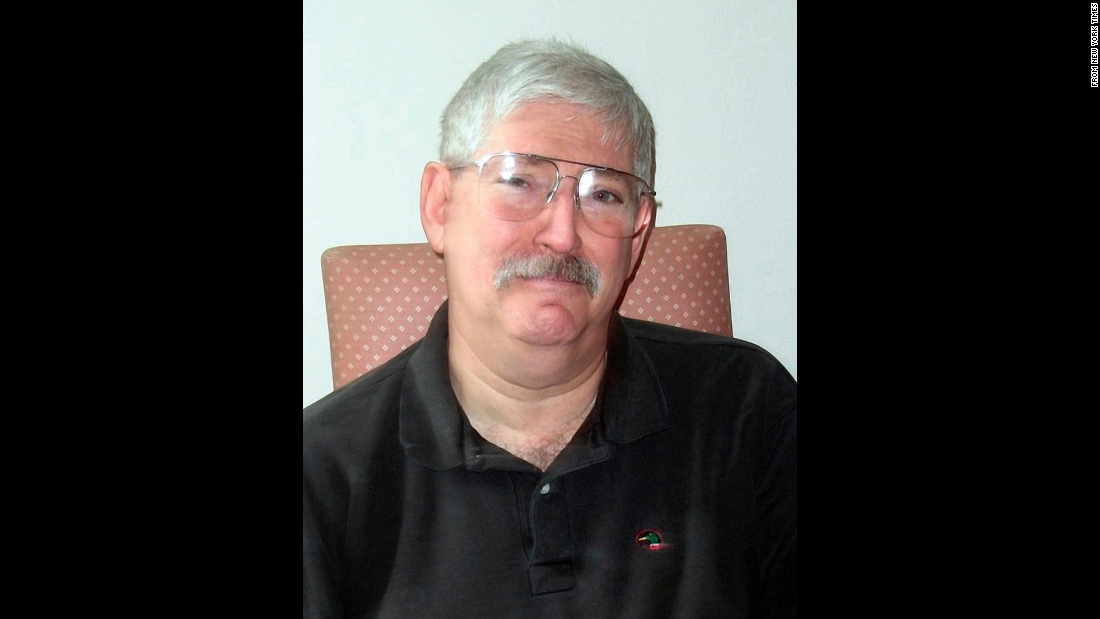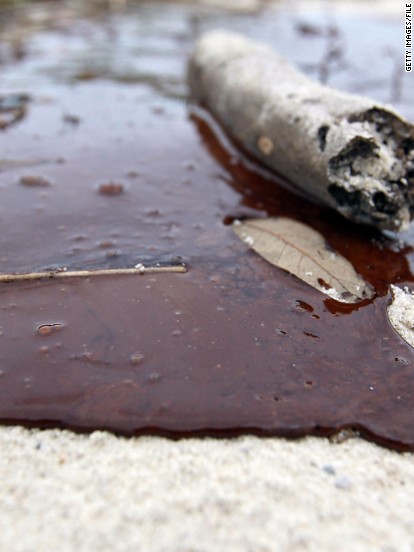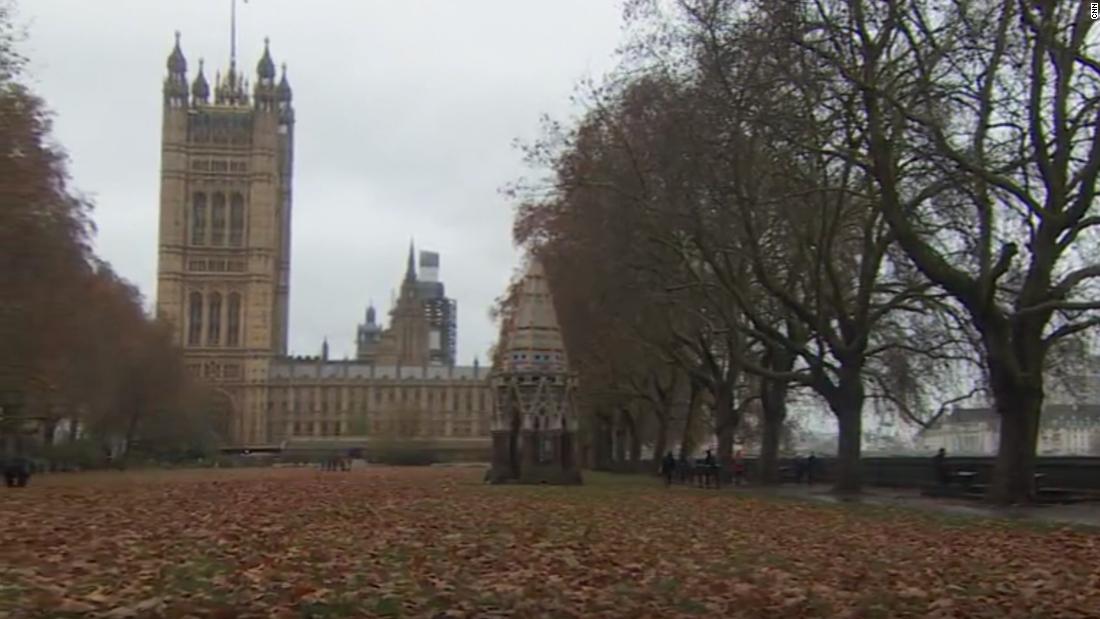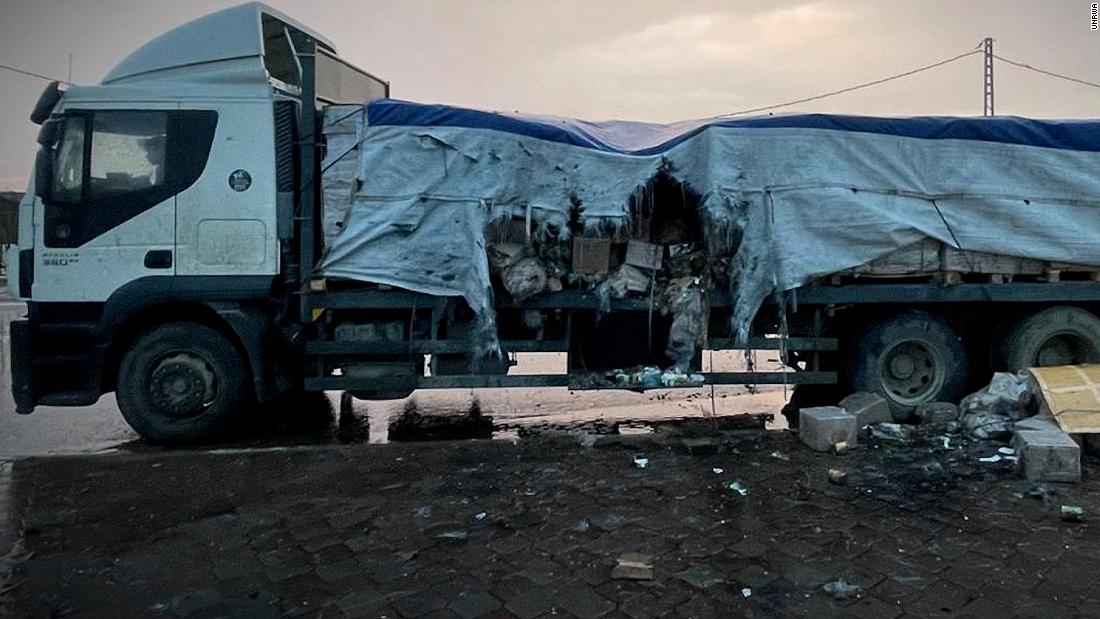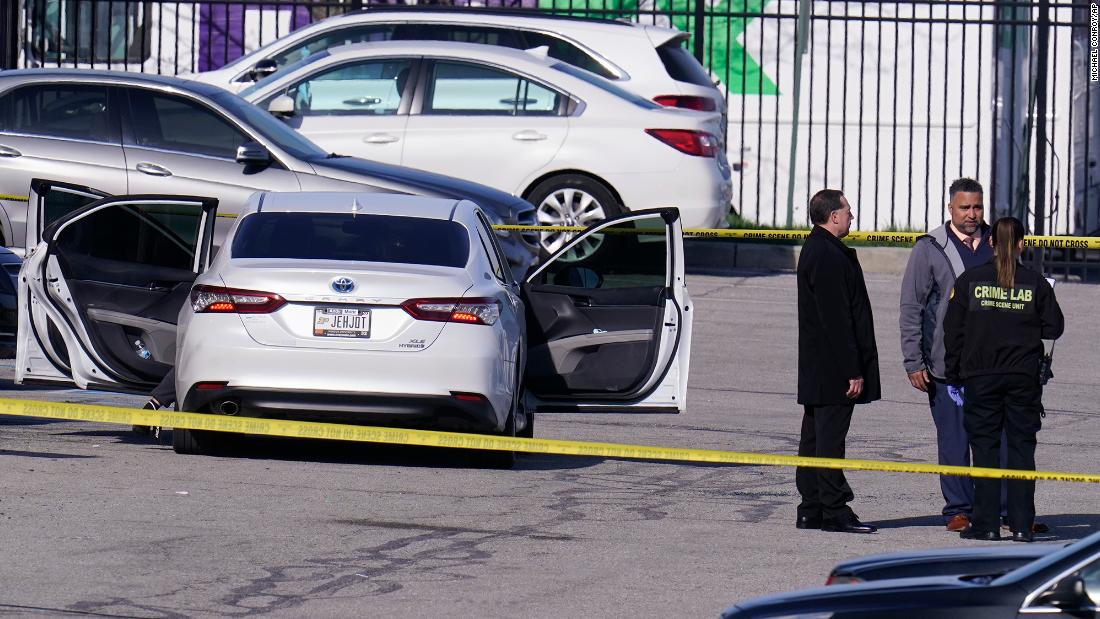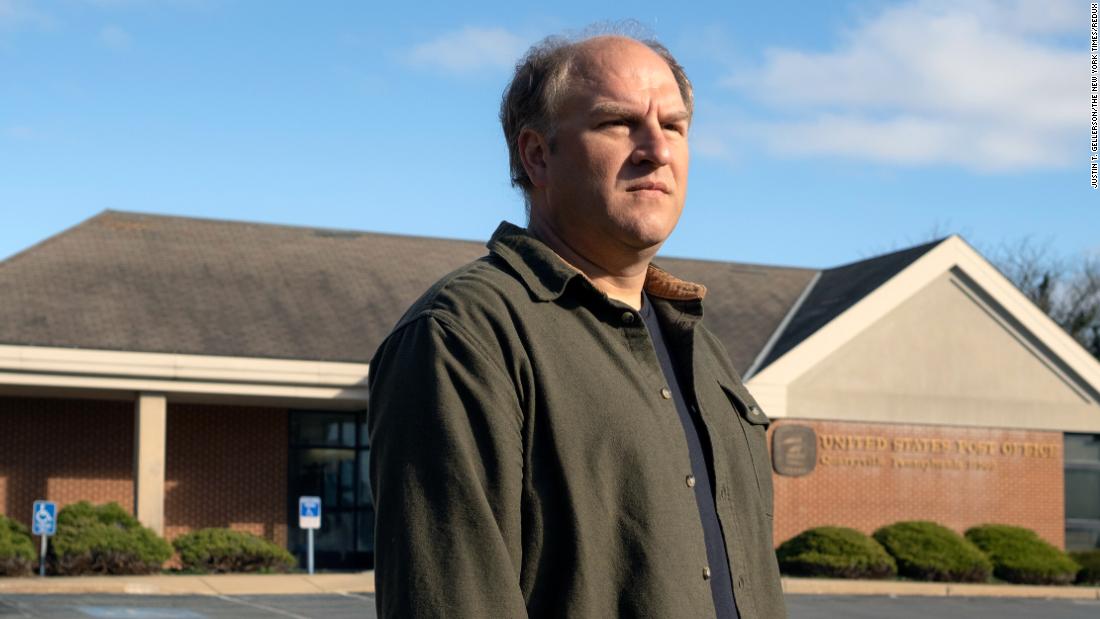A ROAD in the heart of York gave way to a sinkhole and exposed a vital part of the city’s past.
Archaeologists have found the remains of one of England’s largest medieval hospitals buried beneath a bustling street.
GettyA sinkhole opened up in the road outside the 18th-century York Theatre Royal[/caption]
YouTube/York City CouncilBuried beneath the road, archaeologists uncovered remains of the 11th-century St Leonard’s Hospital[/caption]
The remains – dating back to the 12th and 13th centuries – are thought to belong to St Leonard’s Hospital.
The huge healthcare facility is said to have once stretched from the Museum Gardens to the Theatre Royal site.
Though built soon after the Norman Conquest in the late 11th century, the site rests atop even older Roman remains from when York – then called Eboracum – was a major Roman city and military base.
St Leonard’s Hospital played a vital role in the community of medieval York – not only as a healthcare centre but also as a charitable institution.
It ran an orphanage and provided food for prisoners at York Castle.
The hospital was destroyed during the 16th-century English Reformation, when Henry VIII broke away from the Catholic Church.
This brought an end to countless religious institutions across England.
The site then became home to the Royal Mint, earning the name Mint Yard.
It later transformed into the Georgian street that stands there today.
Incredibly, the hospital was excavated by chance earlier this month during emergency repairs to the road on St Leonard’s Place.
City of York Council officials said the sinkhole in the road outside the 18th-century theatre was made safe by contractors before archaeologists were called in.
Structural and stone masonry remains were unearthed by a team of archaeologists.
While the discovery has temporarily halted roadworks, city officials expect repairs to resume shortly.
The archaeological team has carefully documented every find, following the Chartered Institute for Archaeologists’ standards.
Further analysis of the remains is being conducted.
It comes as abandoned medieval villages were uncovered during roadworks on the A47.
The settlements are thought to have been abandoned after the Black Death – the bubonic plague that swept through the UK between 1348 and 1350, killing an estimated 35 to 40 percent of the population.
Archaeologists made the discoveries during work to convert 5.5 miles of road between Easton and North Tuddenham into a dual carriageway.
Headland Archaeology also found 31kg of pottery.
Headland ArchaeologyA metal spearhead, once used in hunting and battles, was discovered during roadworks on the A47[/caption] Published: [#item_custom_pubDate]

































